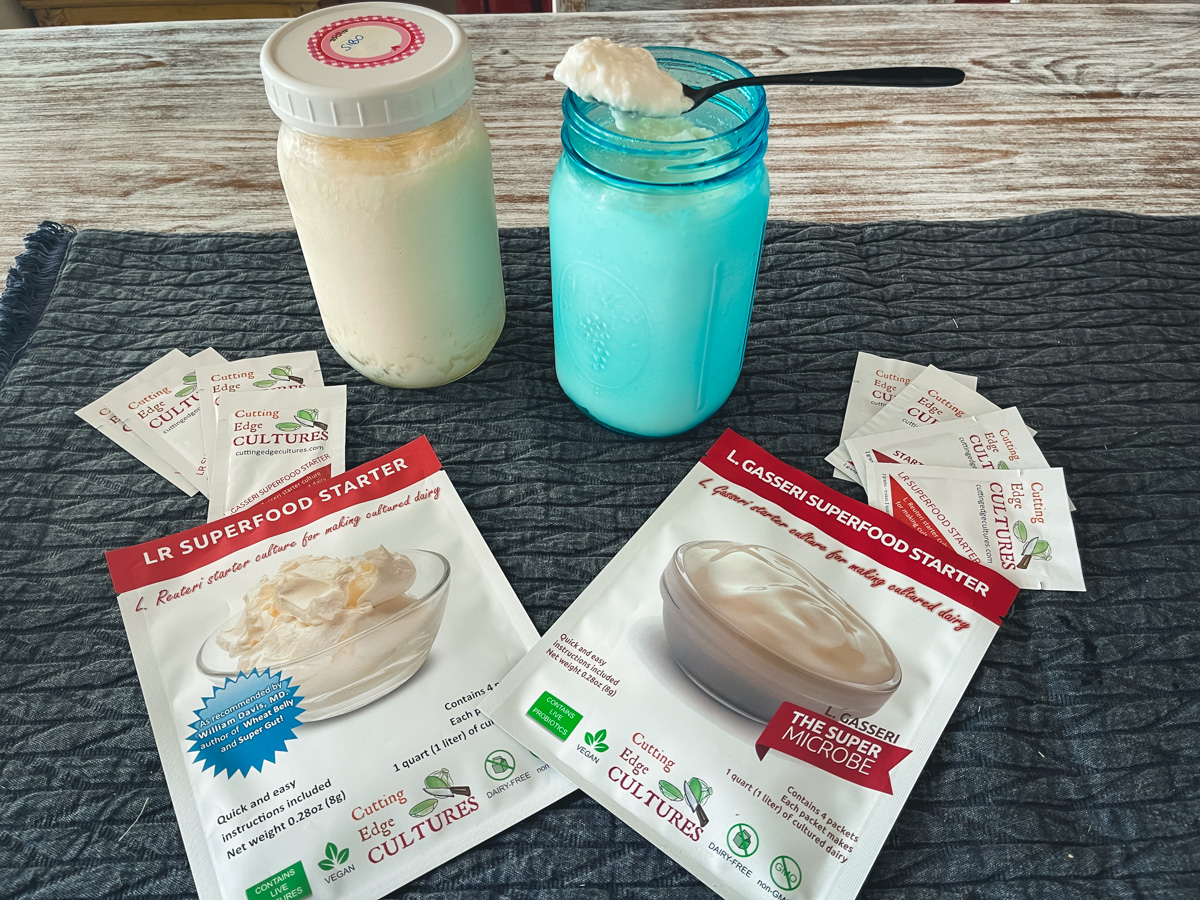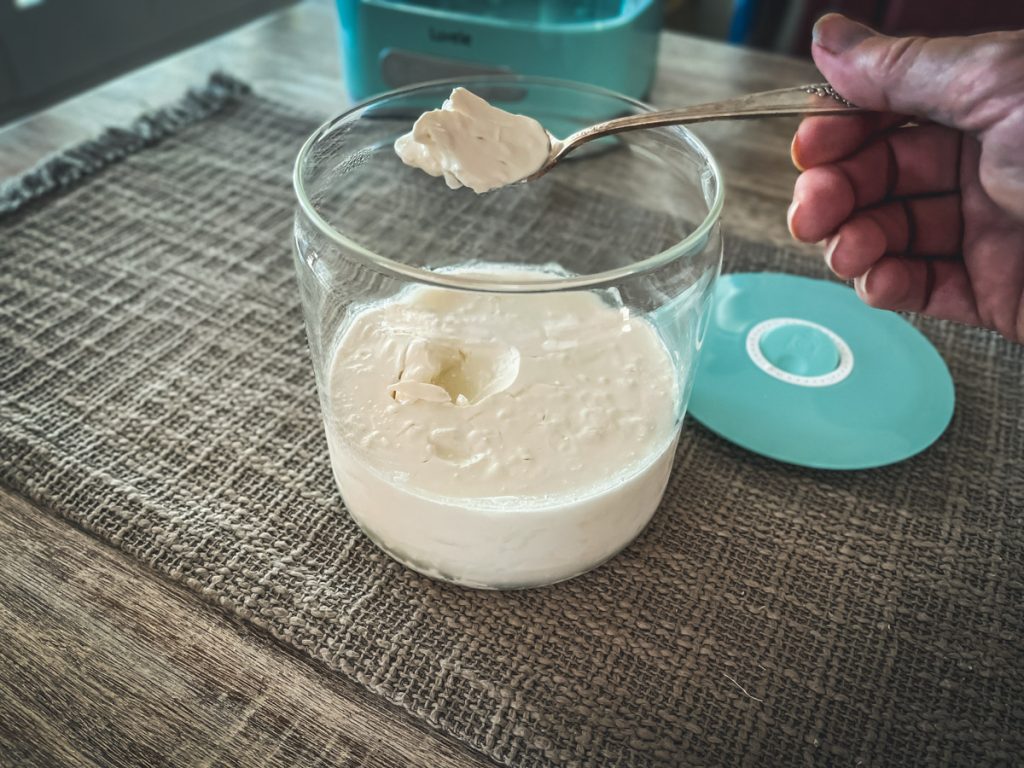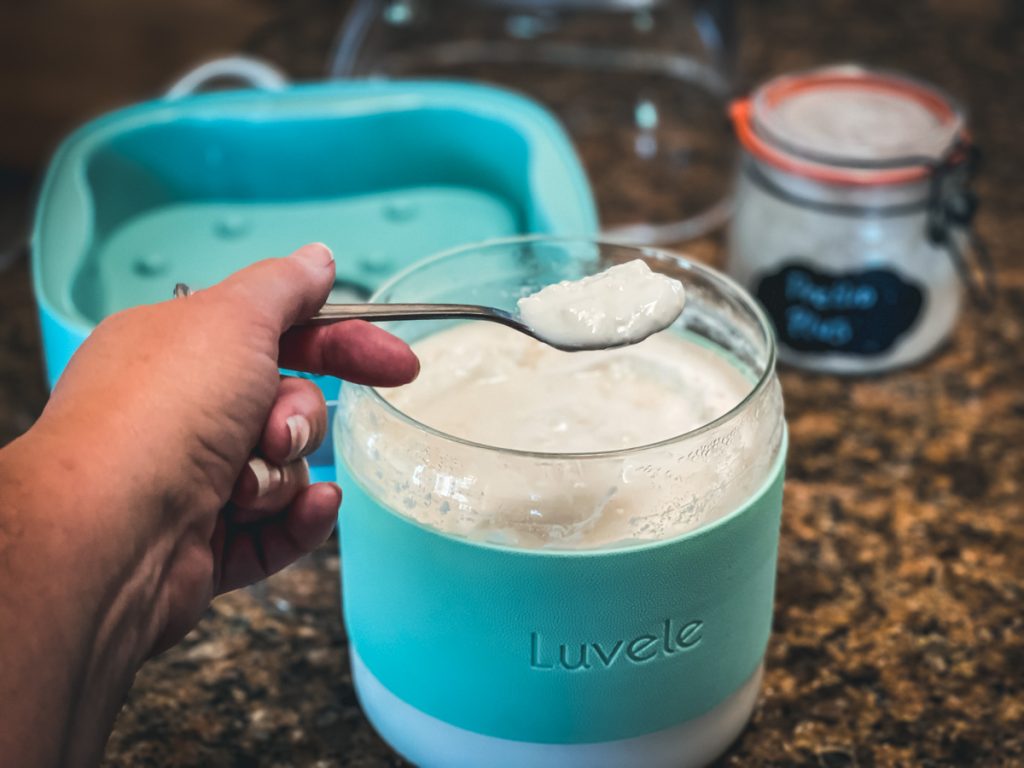
A Cultured Food to Help Heal SIBO
Fermented Foods for SIBO
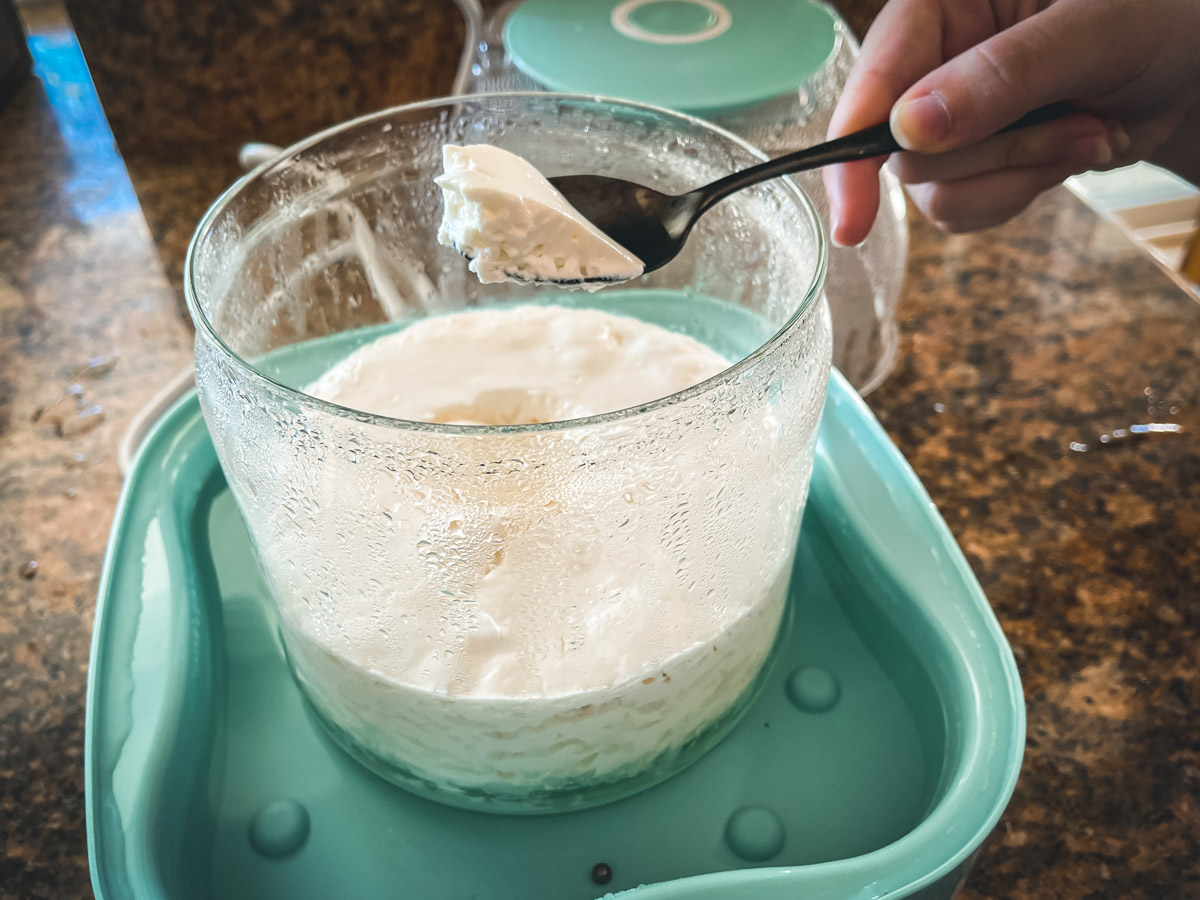 Small intestinal bacterial overgrowth (SIBO) is popping up everywhere and seems as if it's becoming more and more prevalent. SIBO colonizes the upper gastrointestinal (GI) tract which ascends up the 24-feet of ileum, jejunum, duodenum, and stomach. Most species abide in the colon; and when unhealthy microbes start to abide in places they don't belong, like the upper gastrointestinal area, this can cause SIBO and create a ruckus.
Small intestinal bacterial overgrowth (SIBO) is popping up everywhere and seems as if it's becoming more and more prevalent. SIBO colonizes the upper gastrointestinal (GI) tract which ascends up the 24-feet of ileum, jejunum, duodenum, and stomach. Most species abide in the colon; and when unhealthy microbes start to abide in places they don't belong, like the upper gastrointestinal area, this can cause SIBO and create a ruckus.
What is causing SIBO?
Taking multiple rounds of antibiotics, herbicides, pesticides, food additives, and numerous prescription drugs can all contribute to SIBO. Even taking probiotic supplements with huge amounts of different species can often open up in places in the body where they don't belong. All or some of this can help contribute to SIBO.
SIBO, IBS, and the Histamine Connection
It seems more and more people who have problems with histamines also have SIBO and/or Irritable bowel syndrome (IBS). These bacteria are normally found in the colon and large intestine but have spread to the small intestine where they should not reside. SIBO causes an increase in food sensitivities, and this can cause a sudden development of histamine intolerance or IBS. Your body is crying out for help and these symptoms are warning signs, not the enemy.
How to Help Heal SIBO
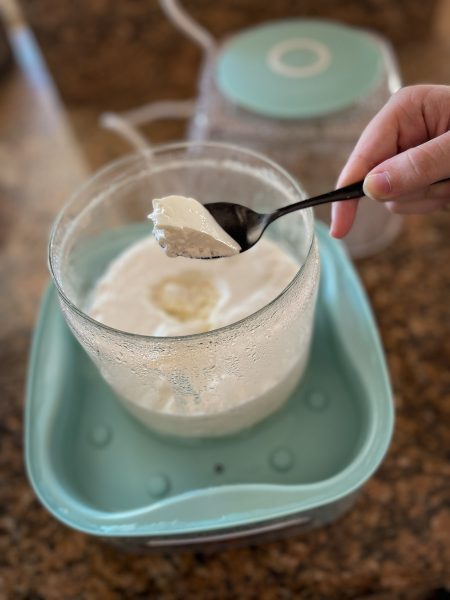
One thing Dr. Davis recommends is getting an AIRE device that measures breath hydrogen (H2) gas. He explains more about it in this video: H2 Breath Detection Video. It helps to map out where in the human GI tract microbes are living. Although a similar H2 breath test has been around for a number of years, performed in a clinic or lab and ordered by the doctor, most practicing physicians are unaware of the value of this test and rarely, if ever, use it.
The other exciting way to help is to make SIBO yogurt which uses specific species that colonize the upper GI tract. It produces bacteriocins—these are natural antibiotics produced by selected microbes effective in killing or suppressing the non-beneficial microbes in the upper gastro area that create SIBO such as Klebsiella, E. coli, or Streptococcus.
The Yogurts for SIBO
We have two yogurt starters that are very helpful with SIBO and are fermented at the specific temperature of 100°F for a longer period of time (36 hours). This will make high amounts of colony-forming units (CFUs) that will help to take over the upper GI area and bring balance again.
Lactobacillus Gasseri naturally abides in the small intestine (unless you had a dose of antibiotics). L. Gasseri Superfood Starter produces up to 7 bacteriocins, which are natural antibiotics, and will make a delicious yogurt with high counts of this special species to colonize or recolonize this missing microbe from your upper GI area.
Lactobacillus Reuteri Superfood Starter also colonizes the small intestine and produces up to four bacteriocins, including the powerful reuterin. L. reuteri is such an effective antibacterial that one of my colleagues said that when he went to a microbiologist's lab they told him they sometimes clean their bacterial production vats with this microbe.
We aren't recommending using B. coagulan anymore. After months and months of testing and not getting high counts of the B. coagulan in the yogurt, we have concluded that it's not producing benefits, and it is mostly the L. reuteri and L. gasseri that are helping the SIBO.
You should make these yogurts separately to get the most benefits. You can mix and eat them together once they are done but we don't recommend fermenting them together since L reuteri will most likely dominate and then you won't get any L. Gasseri.
More and more people are finding by consuming 1/2-cup per day of the yogurts for 4 weeks they start to see results. Testing with an AIRE device and seeing a reduction in symptoms is a good way to see if it's working.
You will need specific yogurt makers to perform the task. Here are my recommended ones.
Equipment
- Luvele Yogurt Maker or
- Digital Yogurt Maker or
- Instant Pot (Must be able to manually set the temperature to 100°F) or
- Sous Vide Precision Cooker (You'll also need a Sous Vide container.) Here is the one I use:
- Sous Vide Container
Yogurt Starters
SIBO Yogurt Kits
SIBO Yogurt Recipe
Are you on the list?
Sign up today and I'll send you my free Getting Started Guide!
Each week I'll send you updates, tips, recipes, and more! You might even be a winner of my weekly giveaway! (starter cultures, memberships, and more!)
Come be a part of my cultured food family!

